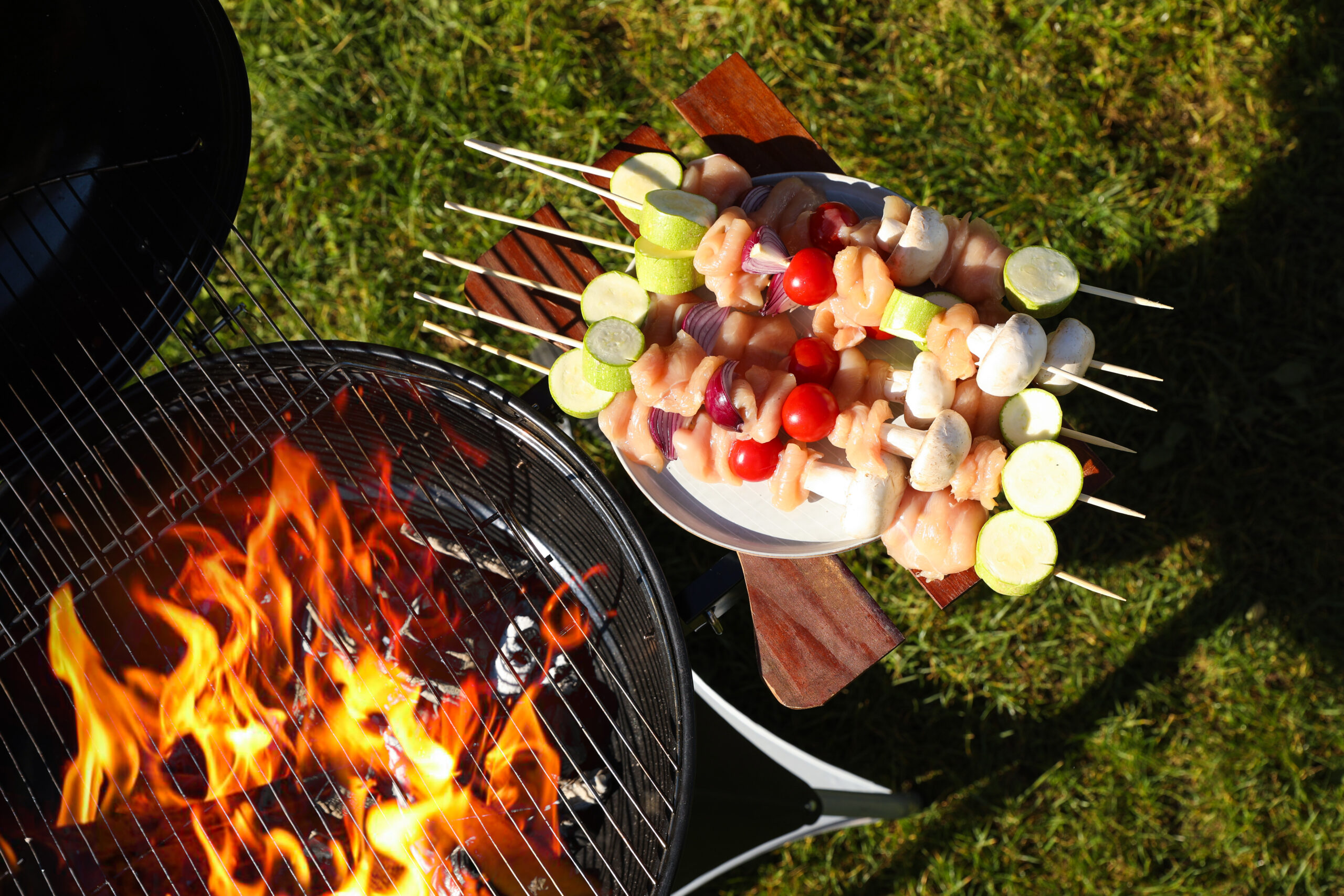Turn your family camping meals into magical outdoor experiences with these creative food ideas that spark imagination and encourage kids to try new things. When food becomes an adventure, even picky eaters get excited about outdoor dining. Let’s explore fun and innovative ways to make camping meals special for your young outdoor enthusiasts.
Turning Ordinary Foods into Camping Adventures
Transform regular camping fare into exciting wilderness-themed meals that capture children’s imagination. Create Forest Floor Toast by spreading avocado on whole grain bread to make a “mossy” base, then add vegetable toppings to create tiny woodland scenes. Use cherry tomatoes for mushrooms, broccoli for trees, and carrot sticks for fallen logs. This interactive breakfast encourages creativity while sneaking in healthy ingredients.
The Campsite Construction Site turns lunch into an engaging activity. Provide building materials like celery sticks, cream cheese “mortar,” cherry tomato “boulders,” and pretzel stick “logs.” Let kids construct their own edible campsite, complete with lean-to shelters and stick furniture. This hands-on approach makes healthy snacking fun and memorable.
Interactive Cooking Experiences
Involving kids in meal preparation creates ownership and interest in the food they eat. The Wilderness Weather Forecast breakfast lets them arrange fruit and breakfast items to “predict” the day’s weather on their plate. Sunny-side-up eggs become the sun, bacon forms clouds, and blueberries scattered across pancakes represent rain or clear skies.

Stone Soup Camping Edition brings a classic children’s story to life at your campsite. Start with a basic broth in your Dutch oven and let each family member add one ingredient to the pot. As the soup cooks, take turns telling stories or sharing hopes for the camping adventure. This activity combines meal preparation with family bonding and storytelling traditions.
Creative Presentation Ideas
Make standard camping foods more appealing through creative presentation. Trail Mix becomes Ranger’s Energy Pellets, served in paper cones decorated with woodland animals. Wrap sandwiches in wax paper and tie with twine to create Explorer’s Map Rolls, complete with handdrawn “treasure maps” on the wrapper.
The Campfire Color Wheel Challenge encourages trying different foods by arranging items by color around the plate. Include rainbow bell peppers, multicolored cherry tomatoes, and various fruits. Challenge kids to “eat the rainbow,” turning nutrition into a game they’re excited to play.
Themed Meal Adventures
Create entire meals around camping themes that capture children’s interest. The Junior Rangers Dinner Menu includes Forest Ranger Stew (hearty vegetable soup), Trail Marker Cornbread (baked in orange peels), and Ranger Badge Cookies (shaped and decorated appropriately). Use themed names and create simple badges or certificates for trying new foods.
Bug Out Bites turn potentially scary insects into fun food experiences. Make ants on a log with different nut butters and toppings, create butterfly sandwiches with colorful fruit wings, or serve “worms in dirt” pudding cups with crushed cookies and gummy worms. These playful presentations help children overcome fears while enjoying creative snacks.
Educational Food Activities
Incorporate learning into meal preparation to make it more engaging. The Edible Plant Science activity teaches kids about basic plant parts using foods they can eat. Celery stalks demonstrate how plants drink water (add food coloring to watch it travel), while dissecting bean sprouts shows simple plant anatomy.
Nature’s Calendar helps children understand seasonal eating. Create simple charts showing which fruits and vegetables grow during camping season. Let kids help identify edible plants (with proper supervision and safety guidelines) and mark off items they find near the campsite.
Making Memories Through Food Traditions
Establish special camping food traditions that children will look forward to on each trip. The First Night Feast might always include their favorite tinfoil dinners, while the Last Morning Pancakes could become a cherished goodbye ritual. These traditions provide structure and anticipation throughout the camping experience.
Planning for Success
Prepare for creative camping meals by packing a “Food Fun Kit” including safe food decorating tools, special camping-only plates or utensils, and simple ingredients for food art. Include backup plain options for times when creativity feels overwhelming, and maintain flexibility with meal plans to accommodate changing moods and energy levels.
Safety and Practicality
While encouraging creativity, maintain proper food safety standards. Teach children about safe food handling through simple games and clear rules. Keep a separate box of “creative cooking tools” that are only for food preparation, distinct from art supplies used for other activities.
Organize ingredients in clear containers that children can easily identify and handle. Create simple systems for recycling and composting that teach environmental responsibility while keeping the campsite clean and safe. Use this opportunity to instill good habits that will serve them in future outdoor adventures.
Family camping provides unique opportunities to make food fun and memorable for children. These creative ideas transform simple camping meals into adventures that engage young imaginations and create positive associations with outdoor cooking. The excitement and joy of creative camp cooking will stay with your children long after the camping trip ends. Happy camping and happy creating!






